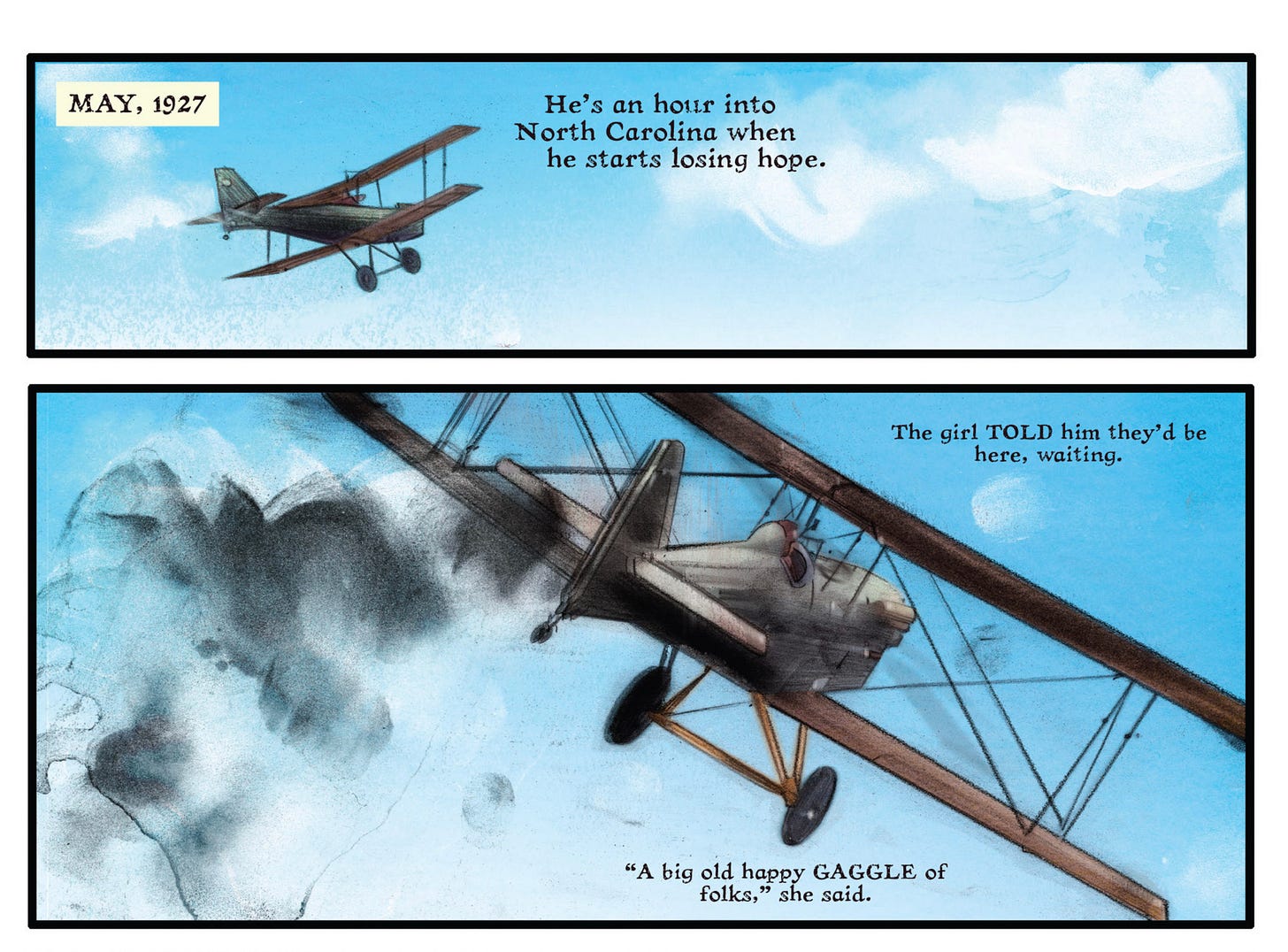What I’ve learned about Beginnings
Analysis
Probably the most important thing I’ve picked up from rereading all of Stephen King’s fiction is the importance he places on introducing characters. This is how he sucks you into the story and it’s honestly something that I didn’t see for a long time because I kept sliding into just reading instead of thinking about what I was reading. Now that I see it though, I notice it everywhere… well, I notice it in successful media.
When Stephen King introduces a character, he wants you to understand what drives them. You don’t really need to know who they are or their backstory so much as you need to understand the thing that motivates them and drives all of the choices they are going to make during the course of the story. To do this, King communicates:
The Need
The Choice
This is obvious and oft-repeated stuff. I’m not breaking new ground here, but there really is value in just seeing King (or any author) do this over and over again. At least, I’ve found the exercise to be helpful.
In preparing this article, I reviewed several of King’s stories. He seems to place an emphasis on expressing that need as early as possible. For an example of him doing this, let’s look at the first page from his story “Fair Extension” in his collection Full Dark, No Stars. This is one of my favorite King stories. If you haven’t read it, you should.
This first page— the very first sentence— introduces you to both the need and the catalyst that will lead to the choice that the main character must face. He expressed the driving need faced by Streeter by talking about his illness and his immediate need to vomit. That need caused him to see the sign whose words will guide him to a choice that could alleviate his suffering.
The next story in the same volume is called “A Good Marriage” and it likewise follows the same pattern of expressing both the need and the choice right away.
Darcy is concerned with her marriage because of the thing she finds in the garage. Do I have a good marriage? Do I want to stay in this marriage? What does it say about me to be married to him? These are some of the questions that Darcy considers as she evaluates her choices throughout the story.
It’s not just King though. You really can notice this pattern everywhere once you start looking. Let’s look at episodes from The Twilight Zone (the original version). In some ways, The Twilight Zone is a more accessible method for studying great storytelling. Most episodes are just under thirty minutes in length. During that half hour, you will see them introduce the main characters, their needs, and the complications which arise from the choices that they have made. There are dozens and dozens of great episodes, but if you want some guidance watch any episode that stars Jack Klugman because those are the episodes where you will really see this pattern most clearly.

Jack Klugman plays a down and out trumpet player. He has fought and lost his battle with alcohol time and again. We are introduced to his need shortly after the episode begins. It happens when he approaches one of his former bandmates (named Baron) looking for a job:
“Because I'm sad, Because I'm nothing. Because I'll live and die In a crummy one-roomer with dirty walls and cracked pipes. I'll never even have a girl. I'll never be anybody. Half of me Is this horn. I can't even talk to people, Baron, 'cause this horn. That's half my language. But when I'm drunk, Baron. Oh, when I'm drunk, boy, I don't see the dirty walls or the cracked pipes. I don't know the clock's going, that the hours are goin’ by 'cause then I'm Gabriel! Oh, I'm—I'm Gabriel—with a golden horn. And when I put it to my lips, it comes out jewels. It comes out a symphony. Comes out the smell of—of fresh flowers in summer. Comes out beauty. Beauty. When I'm drunk, Baron. Only when I'm drunk.”
The remainder of the episode is made up of a series of events that lead Klugman’s character, Joey Crown, to a very literal choice. That choice addresses his need directly.

Another great example of these types of introductions comes from my very favorite episode of The Twilight Zone. It’s called A Game of Pool. Once more the very second we meet the main character they are announcing their need.
You see what I mean? Did you see that? The right English, the right draw, perfect position, right? What do I get? Fats brown, that's what I get. Fats Brown! Well, I'm sick of it. I'm sick of hearing his name! I'm the best pool cue on Randolph Street. Me! Jesse Cardiff and you know that!
And just as in the previous Twilight Zone episode the remainder of the episode is an exploration of decisions that leads to a choice given to the character that addresses that need.
You can even see this same pattern in comics. The beginnings tend to be spread out over several pages because comics are only able to include so much text per panel. However, if you’re willing to read a few pages you can still see the same methodology of how they introduce characters.

“The Closet” is about the way a small child and his father deal with fear, but more than that it’s about their relationship and how it is affected by the fear the child feels. Each issue deals with this recurring theme and the growing threat of an encounter with the aforementioned monster. You can see the setup in this panel because it showcases the father’s struggle with guilt for failing his son. That’s the need.
His choices are explored in every issue as the reader follows his attempts to connect with his son while also dancing around the boy’s fears.

“Barnstormers” is about a pilot flying from town to town making his living by doing
The reason I believe this approach is so effective is because the characters are defined by their needs. This allows readers to quickly understand their mindset. Additionally, if that need is based off of a universal longing then it allows readers to identify with that character. Attaching emotional stakes to that need (something the Twilight Zone does particularly well) makes the readers feel invested in the character. When each of these issues are addressed and handled well it can result in the creation of compelling fiction.
If you want to see an example of my attempt to apply this lesson, check out my story linked below.
Thanks for reading Written Ward. If you have thoughts about the article, please speak up and let me know.





I think “Full Dark, No Stars” is one of the best King anthologies ever. I’m really surprised it doesn’t have more of a following. The gritty horror of “Big Driver” and how the character gets back at him, and the seemingly innocuous introduction of the mousy librarian at the beginning (going back to your essay) is brilliantly executed. Yes, these are great openers to a story, and I think you applied the lessons well in your own tale.
There are so many of the old Twilight Zone episodes are just brilliant and many of them seem to anticipate some of the plot arcs that have recently cropped up in popular fiction and film that people often don’t realize had already been done. One of my favorites that always makes me tear up a bit is "Passage on the Lady Anne".
Love this. Need to watch that drunk trumpeter episode. Don’t remember that one. Thanks for giving me something to think about as I read and write!